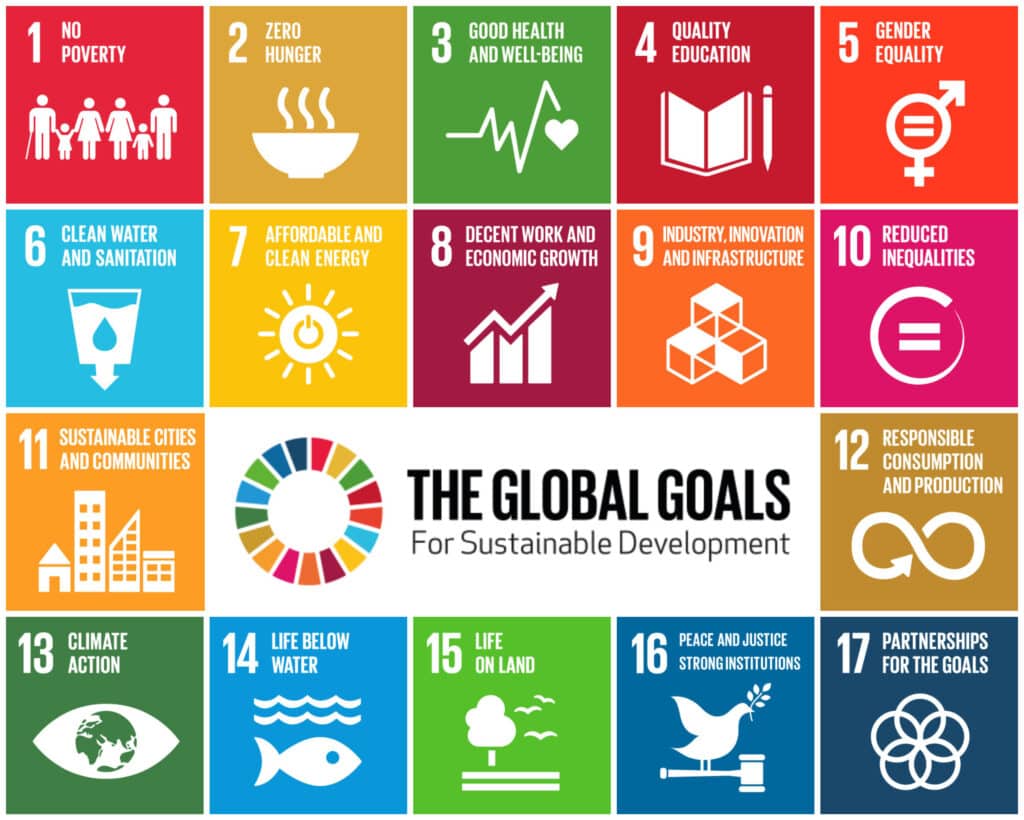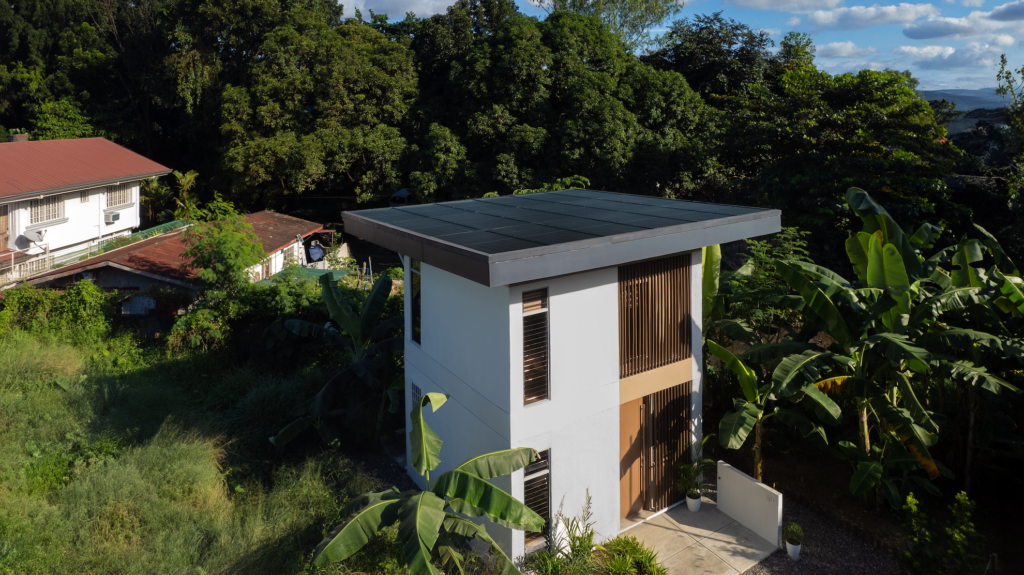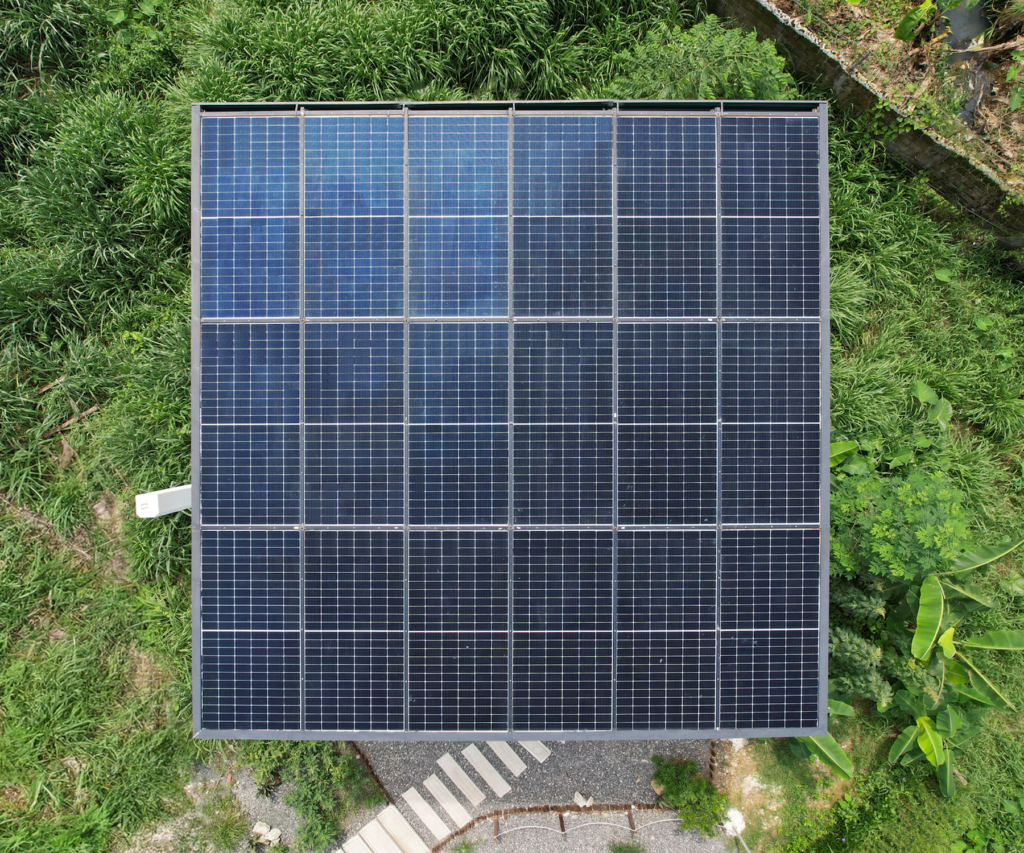The Philippines faces a critical housing shortage, with millions of Filipinos unable to access affordable and sustainable housing.
As the government and private sector work to address this gap, it’s essential that every new housing development in the Philippines not only meets the basic needs of shelter but also embraces sustainability and energy efficiency.
That’s where the concept of net-zero housing becomes relevant.
A net-zero home is a home that produces as much energy as it consumes, making it completely energy self-sufficient.
Here’s why net-zero housing is the future for housing development in the Philippines, and why it’s essential to incorporate renewable energy and sustainability in every new project.

1. Tackling rising energy costs
In the Philippines, electricity costs are among the highest in Southeast Asia. According to the Department of Energy (DOE), the average household in the country pays a significant amount for electricity, with energy costs rising annually due to a heavy reliance on fossil fuels. These increasing costs place a financial burden on homeowners, particularly those in low-income households.
Over time, the cost savings on electricity bills can be substantial, freeing up resources for other important needs.
2. Building resilient communities
The Philippines is no stranger to natural disasters, with typhoons, earthquakes, and flooding being regular occurrences. These disasters not only cause immense human suffering but also damage infrastructure, including power grids.
After major disasters like typhoons Haiyan and Yolana, as well as the recently 2022 Luzon earthquake, entire communities often face long periods without electricity, making recovery efforts even more difficult.
Net-zero homes are equipped with solar panels and battery storage systems, which provide energy resilience in times of crisis. This added layer of resilience can speed up recovery and improve the quality of life for those affected by natural disasters.
3. Supporting sustainable development goals (SDGs)

Sustainable development is one of the key challenges facing the world today, and the Philippines is no exception. As the global community works toward meeting the United Nations’ Sustainable Development Goals (SDGs), net-zero housing directly supports several of these goals, including affordable and clean energy (SDG 7), climate action (SDG 13), and sustainable cities and communities (SDG 11).
Incorporating net-zero housing into new housing developments in the Philippines ensures that the country’s future urban centers are not only energy-efficient but also environmentally friendly. These homes reduce greenhouse gas emissions, support clean energy, and contribute to global efforts to combat climate change.
4. Increasing property value
As demand for sustainable living grows, more and more homebuyers are seeking energy-efficient homes. According to Lamudi Philippines, homes with solar panels and energy-efficient features are increasingly valued higher than traditional homes. In fact, homes with green certifications or solar energy systems can sell for up to 10% more than similar homes without these features.
For homeowners, the long-term savings on energy bills, such as reducing electricity costs by up to 70% with solar panels, and the potential for increased property value, due to the growing demand for energy-efficient homes, make net-zero homes an excellent investment. For example, homes equipped with solar energy systems can save up to ₱5,000 per month on electricity bills, while also increasing market value by up to 10% compared to traditional homes.
For developers, building net-zero homes can attract buyers who are looking for affordable, sustainable living options, increasing demand and profitability for new projects.
5. Reducing environmental impact
The environmental impact of housing development in the Philippines has been a growing concern. The country is home to a diverse range of ecosystems, many of which are under threat from urbanization and unsustainable development practices. Traditional housing developments often lead to deforestation, loss of biodiversity, and increased carbon emissions.
Net-zero homes, on the other hand, are designed to minimize their environmental impact. They use renewable energy, consume less water, and incorporate eco-friendly materials. For example, the BedZED (Beddington Zero Energy Development) in the UK is one of the most famous eco-friendly housing projects, featuring homes that generate more energy than they consume. Similarly, in Canada, the Net-Zero Energy Housing Program has been successfully implemented, with homes that reduce energy consumption by 80% and incorporate sustainable features like solar panels, energy-efficient appliances, and advanced insulation.
6. Providing affordable housing solutions

Affordability is a major concern for millions of Filipinos, and net-zero housing offers a solution. While the initial cost of installing solar panels and energy-efficient systems might be higher than traditional construction, the long-term savings on utility bills and maintenance costs make net-zero homes more affordable over time.
This is especially important in new housing developments, where homes are designed to be both energy-efficient and affordable for low-income families.
We at BillionBricks are already leading the way by developing solar-powered homes that are 20% cheaper than traditional homes. Their BillionBricks Solar Home Community Project in the Philippines is a prime example of how affordable housing can be combined with sustainability, providing residents with access to clean energy and significantly lowering their monthly expenses.
Conclusion
The Philippines is at a crossroads in terms of housing development – there’s no denying that. This is especially true since the demand for affordablehousing is increasing.
And since the country is meeting these demands (that’s fortunate), net-zero housing offers a sustainable and cost-effective solution that benefits homeowners, communities, and the environment.
As projects like BillionBricks’ Solar Home Community demonstrate, it is entirely possible to create new housing developments that are both affordable and sustainable.
References:
- Philippine Statistics Authority (PSA). (2023). Housing Needs and Trends in the Philippines: Challenges and Solutions. Retrieved from https://www.psa.gov.ph
- Department of Energy (DOE) Philippines. (2022). Philippine Energy Development: Opportunities for Renewable Energy Integration in Housing Development. Retrieved from https://www.doe.gov.ph
- Green Building Council Philippines. (2023). Towards Sustainable Urban Development: The Role of Net-Zero Housing in the Philippines. Retrieved from https://www.gbcp.org.ph
- International Finance Corporation (IFC). (2022). Financing Affordable and Sustainable Housing in Emerging Markets: The Net-Zero Housing Approach. Retrieved from https://www.ifc.org
- United Nations Environment Programme (UNEP). (2021). Sustainable Housing and the Road to Net-Zero Communities in the Philippines. Retrieved from https://www.unep.org




